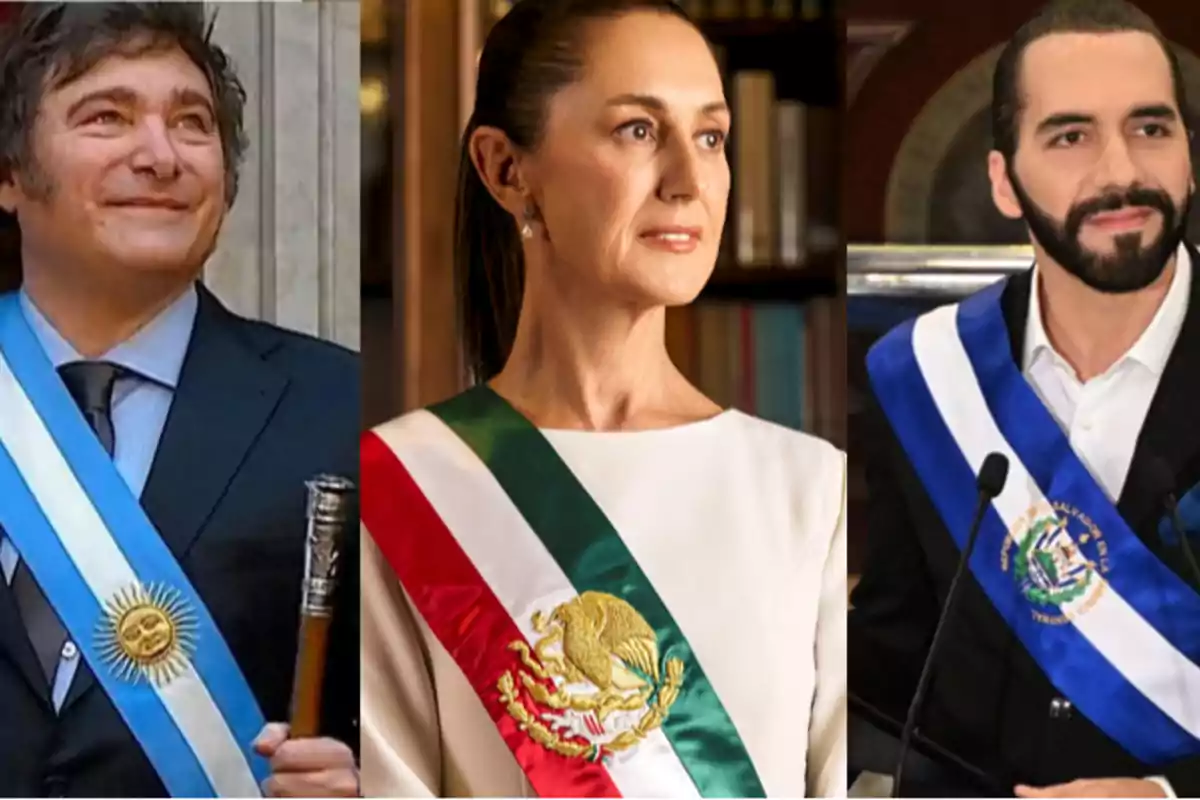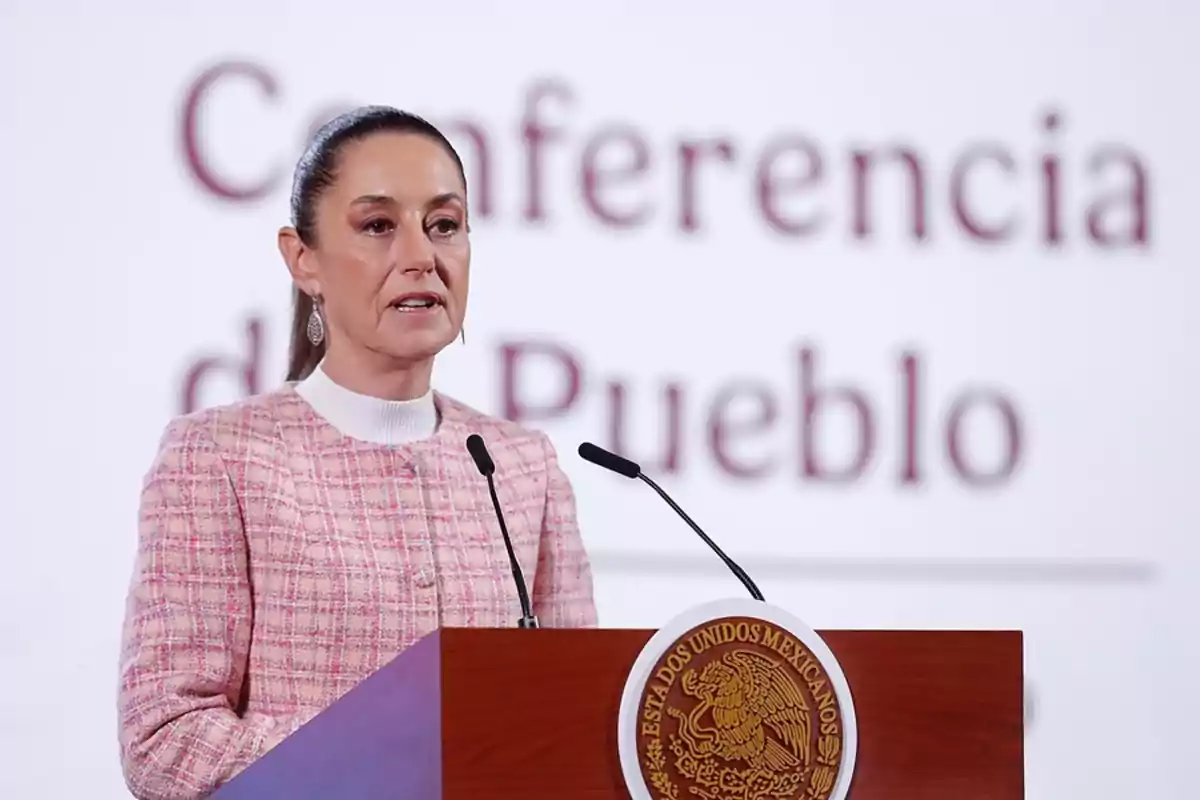
Milei and Bukele spark interest in Europe, Sheinbaum was sidelined
This Atlas of Interests between Europe and Latin America reveals patterns of attention and affinities between both regions
Javier Milei, Claudia Sheinbaum and Nayib Bukele have become the most mentioned Latin American leaders in Europe. This reflects a growing interest from the old continent in the region's politics, according to an analysis by the International Foresight Institute (IPI).
The Atlas of Interests between the European Union and Latin America-Caribbean reveals patterns of attention and cross affinities between both regions.

Spain, France, and Italy concentrate 60% of Latin American interest in Europe. Meanwhile, Brazil, Mexico, and Argentina capture 40% of European interest in Latin America.
The IPI study is based on the analysis of searches and informative interest during the 2023-2025 period. It highlights the concentration of attention in a small group of countries and cities, while showing the evolution of these preferences over the last decade.
Spain, France, and Italy: the most sought after by Latin America
Spain remains the EU country that arouses the most interest in Latin America, with 31% of total searches. It is followed by France with 17% and Italy with 12%, while Germany and Portugal complete the top five with 8% and 7%, respectively.
However, only 15 of the 27 European Union countries register a level of interest above 1%, reflecting a marked concentration in a few destinations.

This pattern has remained relatively stable over the last decade, although with variations in the magnitude of interest.
Portugal has seen a slight growth in its recognition, while Germany remains an attractive country due to its economic and political weight.
Brazil, Mexico, and Argentina lead European interest
European interest in Latin America has grown steadily, with Brazil, Mexico, and Argentina as the most consulted countries.
Colombia, Chile, and Peru have experienced a progressive increase in their visibility. Meanwhile, Venezuela has registered fluctuations associated with its political and economic situation.

While European interest is more diversified than Latin American interest, these six countries concentrate most of the attention. This reflects the relevance of their economies, the attraction of their markets, and their sociopolitical dynamics.
Madrid and Mexico City, the urban poles of greatest interest
In urban terms, the report reveals that Madrid and Mexico City are the cities that receive the most attention in both regions.
In Latin America,Madrid remains the most sought-after European city, with a share of 25%.Barcelona, which in 2015 represented 22% of interest, has fallen to 7.5% currently. Meanwhile, Paris, Rome, and Berlin remain relevant.

Meanwhile, in Europe,Mexico City has consolidated as the epicenter of Latin American informative interest.Buenos Aires and Rio de Janeiro have lost prominence, possibly due to changes in the political and economic dynamics of their respective countries.
Political leaders and dominant themes
The presence of political leaders in media from both regions also provides striking data. The Spanish Pedro Sánchez and the Argentine Javier Mileiare the leaders who generate the most interest on both sides of the Atlantic.
Sánchez tops the list of European leaders most mentioned in Latin America with 28%, followed by the French Emmanuel Macron (19%). Meanwhile, in the EU, Milei ranks first among Latin American presidents with 24%, followed by the Mexican Claudia Sheinbaum (20%) and the Salvadoran Nayib Bukele (15%).

On the other hand, the most mentioned Latin American countries in the European press are Mexico (16.3%), Brazil (15%), and Argentina (14.2%).
The study concludes that Latin America focuses on a small group of European countries. In contrast, European interest in Latin America is broader and more diversified.
However, in both cases, affinities remain stable. They also reflect the historical, cultural, and economic relationships that characterize the interaction between the two regions.
More posts: